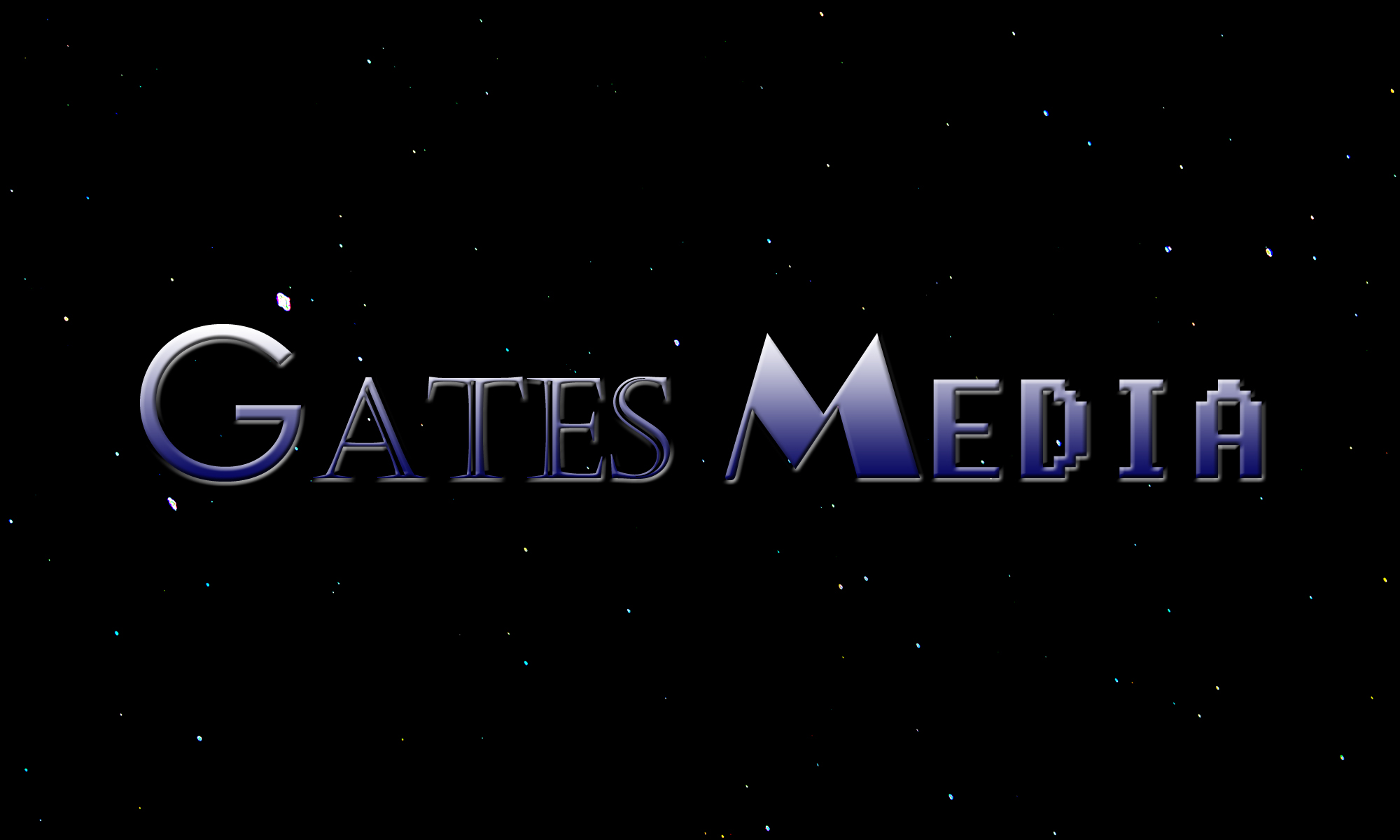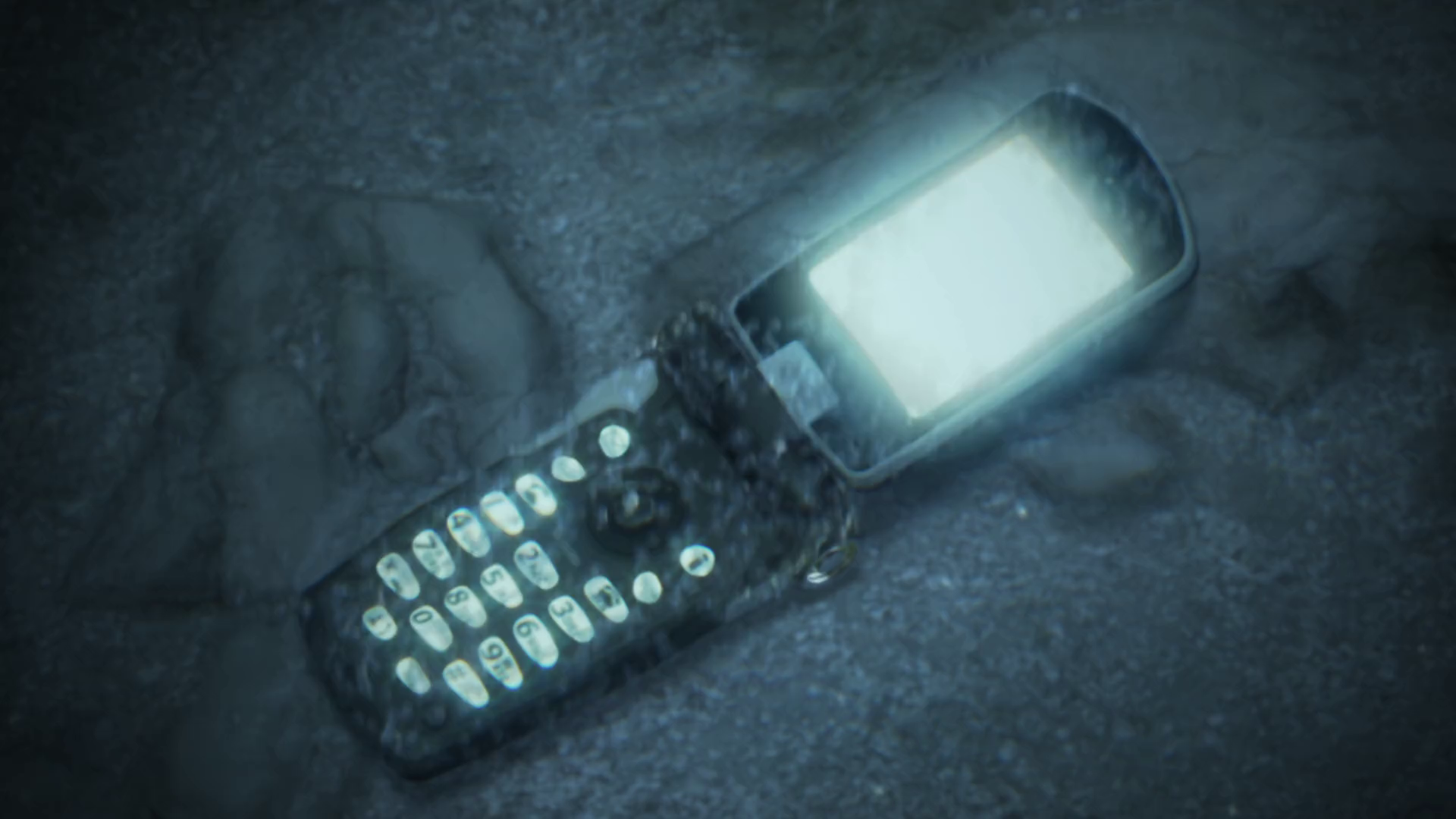I don’t know how I wanted Final Fantasy XV to end, but everything that’s happening right now is not what I expected or wanted.
I haven’t beaten it yet. I’m stopped at the Hammerhead, right before the final fight. This would normally be the point in the game where I can’t put it down until I’m done, but I’m so unexcited to find out what happens next that that didn’t happen.
And I know, the creators ran out of time, scrapped the original story, whatever. This is just so half-baked and disappointing that I must rant.
SPOILERS AND RANTING AHEAD
Did Ravus die off-screen? Shows how important he was I guess.
I know I’m like twenty levels above what the monsters in this section of the game were balanced to fight against, but surely, the game designers could have done something else to ensure that Ardyn’s taunts are relevant. No, Ardyn. I don’t feel powerless nor do I miss my friends. I’m slaughtering literally everything in my path.
Prompto’s a… daemon? or an experiment? Maybe? Why is that even a thing? When has he or anyone wondered about his origins in the entire game? What does this have to do with anything?
Noctis’ friends, the summons, the ring, the Crystal, the weapons, it all had to come together to defeat… Ardyn. That’s right. @#$% the war with the empire. @#$% the coming darkness. @#$% the Oracle. @#$% the king of light, the true king, the chosen. @#$% all the themes in The Omen trailer. It’s all about Ardyn, a bad guy with no motivation. The complexity is just an illusion to hide how boring the story ultimately is.
Even though Noctis has a virtual warehouse of magic weapons and crap, he still has to arbitrarily trade his life to gain the power to defeat the bad guy… So basically, everything I spent the game collecting is garbage.
Let’s skip forward in time ten years to create more artificial drama. Because this game can’t focus on anything long enough to create drama naturally.
Particles in the air cause perpetual darkness. How does that explain the sun setting earlier and rising later as was happening earlier in the game?
Okay. I’m going to go watch The Omen trailer to soothe my rage.
I’ll likely post more coherent thoughts about this game later.


